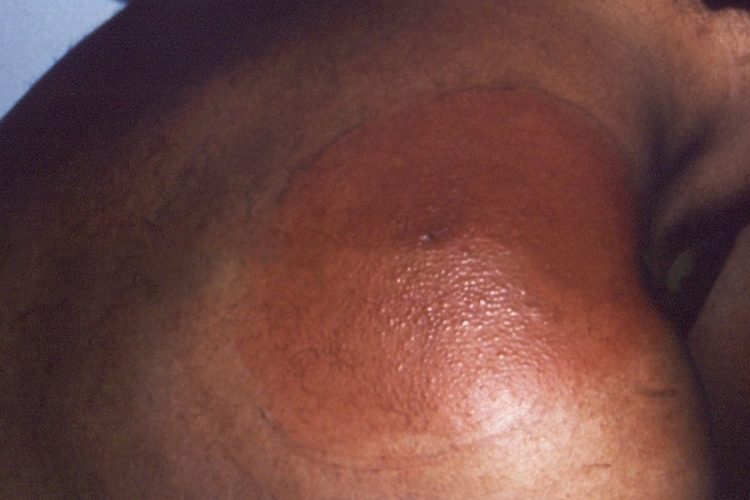Lyme disease is a disease that can start mild but does not remain so for long. Untreated, the tick-borne infection can do serious, lasting damage to your body and even your mind.
Restorative Health Solutions underscores the importance of early recognition and early care. The sooner it’s treated, the better your chances of staving off long-term problems.
The First Signs: Easy to Miss
It is possible for Lyme disease to appear to be a cold or the flu in its early stages. Most people don’t realize they’ve been bitten by a tick, which can make a diagnosis early on tricky.
Look for these early symptoms:
- Fatigue and body aches
- Headaches or low-grade fever
- A rash centered around a bullseye (although not everyone develops one)
- Mood swings or irritability
Because these symptoms can seem so small or disjointed from one another, patients often dismiss them as symptoms of other less serious illnesses. That lag can give bacteria an opening to proliferate.
What Happens If It’s Ignored
If you don’t detect Lyme disease early, it can progress to a chronic stage. This phase’s severity is greater, and it is significantly more challenging to reverse.
Here’s what might emerge over time:
- Tender, swollen joints (commonly the knees)
- Tingling, numbness, or burning in arms and legs
- Memory issues and difficulty concentrating
- Irregular heartbeat or chest pain
- Facial drooping or muscle weakness
When these symptoms show up, the bacteria could have already spread to your nervous system, heart or joints.
The Toll of Chronic Lyme
Untreated Lyme disease can damage every major system in your body. Symptoms intensify and multiply as daily life becomes a fight.
Long-term consequences may include:
- Persistent fatigue and poor sleep
- Widespread muscle and joint pain
- Anxiety, depression, or mood disorders
- Fuzzy thinking and forgetfulness
- Cardiac and neurological complications
It is still possible to recover at this stage — but far more difficult. It frequently requires long-term therapy and close observation.
Why Acting Quickly Is Key
Lyme disease is best treated early with antibiotics. Initiating care within the first month of infection affords you the best shot at full recovery.
Even if you don’t know for certain whether you were bitten by a tick, or if your symptoms feel mild, you should get checked. Testing, and medical advice, can catch the infection before it grows out of control.
For a more in-depth on symptoms and risks, check out this vital guide to untreated Lyme disease and how to avoid long-term damage.
Final Thoughts
Lyme disease is not something you can wait out. It moves fast and can haunt your health for years if it gets away from you.
Trust in expert care. Let the professionals at Restorative Health Solutions help you on your path to recovery — and safeguard your future health, beginning now.
Every day is crucial when it comes to early treatment. Take a stand now and don’t regret the long-term so you can get back your lifestyle. Also, don’t underestimate the potential impact of early intervention’s; it might be the difference between temporary illness and chronic pain.

